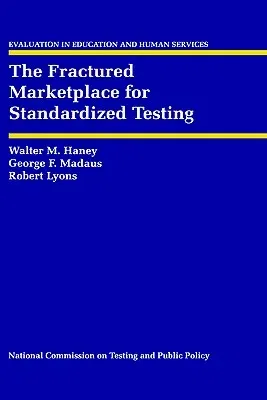Walter M Haney
(Author)The Fractured Marketplace for Standardized Testing (1993)Hardcover - 1993, 31 May 1993

Qty
1
Turbo
Ships in 2 - 3 days
In Stock
Free Delivery
Cash on Delivery
15 Days
Free Returns
Secure Checkout

Part of Series
Evaluation in Education and Human Services
Part of Series
Natural Resource Management and Policy
Print Length
347 pages
Language
English
Publisher
Springer
Date Published
31 May 1993
ISBN-10
0792393384
ISBN-13
9780792393382
Description
Product Details
Book Edition:
1993
Book Format:
Hardcover
Country of Origin:
US
Date Published:
31 May 1993
Dimensions:
23.39 x
15.6 x
2.06 cm
ISBN-10:
0792393384
ISBN-13:
9780792393382
Language:
English
Location:
Dordrecht
Pages:
347
Publisher:
Weight:
689.46 gm